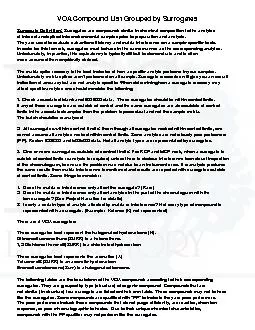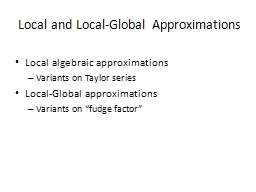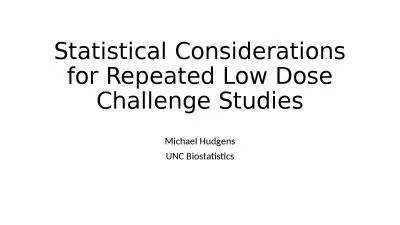PPT-Local surrogates
Author : liane-varnes | Published Date : 2017-06-23
To model a complex wavy function we need a lot of data Modeling a wavy function with high order polynomials is inherently illconditioned With a lot of data we normally
Presentation Embed Code
Download Presentation
Download Presentation The PPT/PDF document "Local surrogates" is the property of its rightful owner. Permission is granted to download and print the materials on this website for personal, non-commercial use only, and to display it on your personal computer provided you do not modify the materials and that you retain all copyright notices contained in the materials. By downloading content from our website, you accept the terms of this agreement.
Local surrogates: Transcript
Download Rules Of Document
"Local surrogates"The content belongs to its owner. You may download and print it for personal use, without modification, and keep all copyright notices. By downloading, you agree to these terms.
Related Documents














